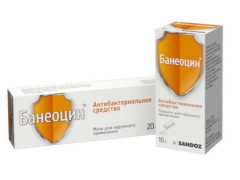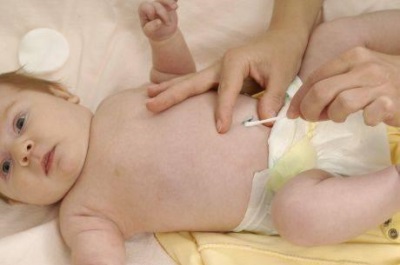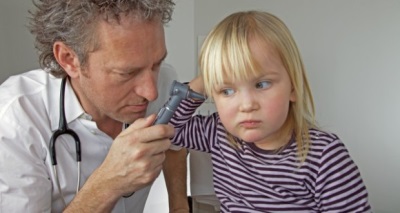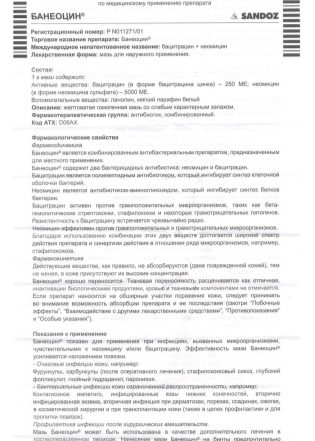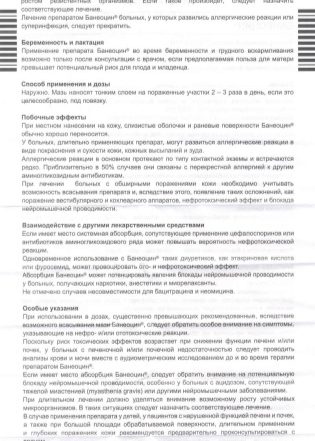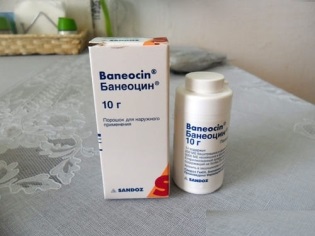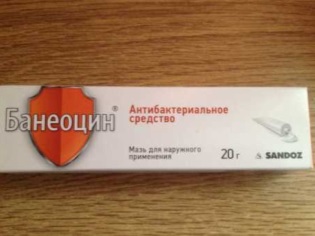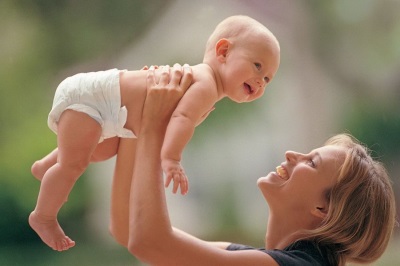Baneocin for children: instructions for use
Baneocin is one of the popular local antibiotics in demand in dermatology, gynecology, pediatrics and ENT practice. Due to the high efficiency and safety of the tool is often prescribed to children, including babies in the first year of life.
Release form
Baneocin is produced in this form:
- Powder, which is used for external processing. It is a white or yellowish fine substance packaged in cans of 10 grams.
- Ointment intended for external use. It is a homogeneous yellowish mass, which has a slight characteristic odor. One tube contains 20 grams of ointment.
Composition
As part of Baneocin, the main substances that provide this medicine with a therapeutic effect are two ingredients at once:
- Neomycin. This substance in the form of sulfate is contained in 1 gram of powder or 1 g of ointment in the amount of 5000 IU.
- Bacitracin. Such a compound with zinc is presented in 1 gram of ointment or 1 g of powder form in a dose of 250 IU.
Magnesium oxide (up to 2% of the total mass of the preparation) and starch extracted from maize act as auxiliary substances in the Baneocin powder. Additional ingredients of the ointment are soft paraffin and lanolin.
Operating principle
Both active substances of Baneocin have an antibacterial effect - neomycin is an antibiotic from the group of aminoglycosides, and bacitracin is a polypeptide antibiotic. Their combination provides Baneocin a very extensive spectrum of antimicrobial effects. The drug effectively fights with:
- Different types of staphylococci.
- Many types of streptococci, among which hemolytic.
- Clostridiums.
- The causative agent of diphtheria.
- Listerias.
- Fungal actinomycetes.
- Pale treponema.
- The causative agent of anthrax.
- Gonococci and other bacteria of the genus Neisseria.
- Hemophilic chopsticks.
- Proteus
- Fuzobakteriyami.
- Enterobacteria.
- Salmonella.
- Escherichia.
- The causative agent of cholera.
- Shigella.
- Klebsiella.
- Borrelia
- Leptospirami.
- Mycobacterium tuberculosis.
One component of the drug enhances the antibacterial effect of the second, and bacteria are very rarely used to them.
Promotional video for drug Baneocin:
Indications
Baneocin is used for skin bacterial infections triggered by pathogens that are sensitive to this drug. It is prescribed for boils, folliculitis, streptoderma, abscess, carbuncle, paronychia, impetigo, hydradenitis and other purulent lesions.
In addition, the tool is in demand for the prevention of suppuration of wounds, rashes, cracks and other skin damage. For example, the powder Baneotsin can be used to treat punctures of the earlobes, navel and other places. Also, this form is used for burns, angular stomatitis (zaedah) and for the treatment of rashes in chickenpox.
In pediatrics, the drug is prescribed from diaper rash and for the treatment of umbilical sores in newborns. In addition, Baneocin is effective in boys with infectious balanoposthitis.
ENT doctors prescribe Baneocin for inflammation of the external ear, rhinitis or sinusitis, as well as after surgery on the sinuses.In surgery, the drug is used after surgery to protect the sutures from infection. Gynecologists prescribe such medicine as the care of stitches and cracks after childbirth, as well as nipple cracks during feeding.
At what age is it allowed to take?
Instructions for use of ointment or powder Baneotsin indicates that there are no age restrictions in the use of such a tool. The medicine can be used from the first day of life, but only Baneotsin should be prescribed for children by a doctor. Independent use in children up to one year is not recommended.
Contraindications
Baneocin powder should not be used for very extensive lesions of the skin, because it provokes an ototoxic effect and a negative effect on the kidneys. Also, the tool is not assigned:
- In case of hypersensitivity to any component of the product, as well as to other drugs of the aminoglycoside group, for example, Gentamicin or Streptomycin.
- In severe renal impairment.
- With perforation of the eardrum.
- If problems with the vestibular or cochlear apparatus.
- With the additional use of aminoglycoside antibiotics inside.
- With eye infections.
Special attention of the doctor requires the use of powder form of Baneocin for liver diseases or any neuromuscular pathologies. For Baneozion ointment, contraindications and cautions are the same.
Side effects
Usually, the use of Baneocin does not provoke negative side effects, but some young patients may have an allergic reaction after skin treatment, such as itching or swelling of the skin. In addition, the drug when used on a large area or with deep injuries can have a systemic effect, which is manifested by oto- and nephrotoxic effects, as well as problems with neuromuscular conduction.
Prolonged use of Baneocin can cause the emergence of resistance in microorganisms and their active growth. In addition, with a very long use of this medication, the addition of a fungal infection is possible.
Instructions for use and dosage
The drug is used for local treatment of the affected skin from 2 to 4 times a day. If necessary, the treated skin can be covered with a bandage on top. In order for Baneocin not to have a systemic effect, the skin should be covered with powder or ointment on an area of no more than 1% (this treatment area corresponds to the size of a child’s palm).
Treatment of umbilical wounds in newborns, both with the aim of its faster healing, and during suppuration or with a weeping cult, is carried out twice a day (for strong suppuration, up to 5 times a day). First of all, they are washed with peroxide and wetted with a cotton swab, and then powdered with Baneocin powder form. This powder is applied for 3-5 days until the umbilical wound dries out and heals completely.
You can see how to process the umbilical wound with Baneocin in the video:
Overdose
Excess doses of Baneocin adversely affect the work of the kidneys, and also causes an ototoxic reaction.
Interaction with other drugs
- It is not recommended to treat the child with Baneocin along with other aminoglycoside drugs or cephalosporins, since this increases the risk of nephrotoxic action.
- The combined use of Baneocin and Furosemide adversely affects the kidneys and hearing of the patient.
- If, when treating the skin with Baneocin, muscle relaxants, anesthetics or opiate analgesics are prescribed to the child, this can disrupt neuromuscular conduction.
Terms of sale
Baneocin is an over-the-counter drug, so it can be freely purchased at a pharmacy by paying 340-370 rubles for a jar of powder, and 300-360 rubles for a tube of ointment.
Storage conditions and shelf life
A box of Baneocin powder or a package of ointment should be kept away from moisture and direct sunlight. It is important that the temperature at the storage location does not rise above + 25 ° C. In addition, the tool should not be easily accessible for small children. The shelf life of the powder form is 2 years, and the ointment is 3 years.
Reviews
Most of the moms who used Baneocin in their children were satisfied with this drug. They call the powder form of this medicine the right first-aid kit and they note that Baneocin helps well with scratches, bites, skinned knees, small wounds, pimples, skin inflammations and other problems. According to reviews, the purulent lesions treated with this drug disappear very quickly.
Many parents confirm that baneocin powder, used instead of baby powder, is very effective for diaper dermatitis and pottery. The use of such medication for chickenpox, according to moms, helped protect sores from infection and speed up their drying. Parents are satisfied with the use of Baneocin for burns, because this medicine accelerates the healing and restoration of the skin, but the treatment does not cause pain or other discomfort.
Analogs
There are no completely similar drugs with the same composition as Baneocin on the pharmaceutical market, but if you need to replace, you can use:
- Ointment Baktroban.
- Ointment Gentamicin.
- Ointment Neomycin.
- Ointment Bonderm.
- Ointment Levomekol.
- Ointment Lincomycin.
- Ointment Fuzime.
